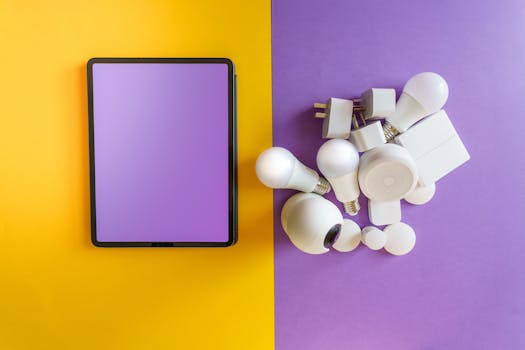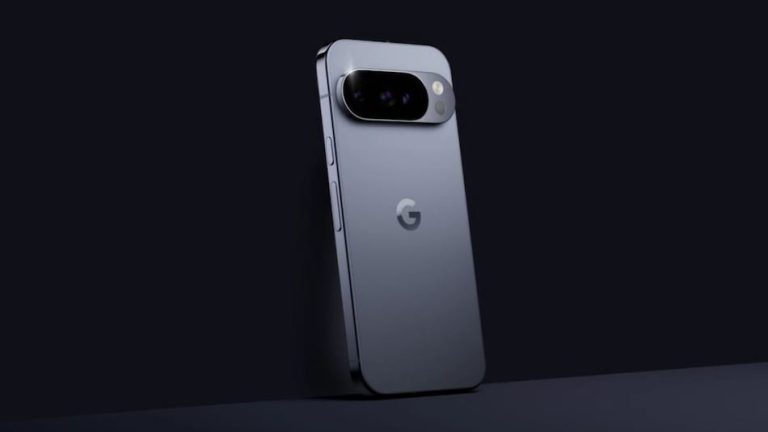
Revolutionize Your Home with Smart Home Technology
Takeaways: Smart home technology transforms traditional living spaces into intelligent environments. Key benefits include enhanced convenience, increased energy efficiency, and improved security through connected devices like voice assistants and smart lights.
As technology advances, our everyday lives become increasingly intertwined with digital innovations. One of the most significant developments in recent years is the rise of smart home technology. From voice assistants that respond to our commands to smart lights that adjust to our moods, these devices have revolutionized how we interact with our homes. In this article, we will explore the various aspects of smart home technology, its benefits, and how you can integrate it into your living space.
What is Smart Home Technology?

- Voice Assistants (e.g., Amazon Alexa, Google Assistant)
- Smart Lights (e.g., Philips Hue, LIFX)
- Smart Thermostats (e.g., Nest, Ecobee)
- Smart Security Cameras (e.g., Ring, Arlo)
- Smart Locks (e.g., August, Schlage)
Benefits of Smart Home Technology

1. Convenience
Imagine being able to control your home’s lighting, temperature, and security systems with just your voice or a single tap on your smartphone. Smart home technology simplifies many daily tasks, allowing you to focus on what matters most. Voice assistants, for instance, can set reminders, play music, or provide weather updates, making your home management experience seamless.
2. Energy Efficiency
Smart home devices can significantly reduce energy consumption, leading to lower utility bills. Smart thermostats learn your heating and cooling preferences, adjusting automatically to optimize energy use. Additionally, smart lights can be programmed to turn off when not in use or dim based on the time of day, contributing to energy savings.
3. Enhanced Security
Home security is a top priority for many homeowners. Smart security systems allow you to monitor your property in real-time through video feeds and alerts sent directly to your smartphone. Features such as smart locks enable you to control access to your home remotely, granting entry to guests or service providers without being physically present.
4. Increased Home Value
Investing in smart home technology can increase your property’s value. Many homebuyers today are looking for modern conveniences that smart devices provide. A well-integrated smart home can be a significant selling point, attracting potential buyers who appreciate the benefits of connected living.
How to Get Started with Smart Home Technology
If you’re interested in integrating smart home technology into your living space, here are some steps to get you started:
1. Assess Your Needs
Determine what aspects of your home you want to automate. Consider your lifestyle and priorities—whether it’s enhancing security, increasing energy efficiency, or simply adding convenience to your daily routine.
2. Choose Compatible Devices
When selecting smart devices, ensure they are compatible with each other and your existing home network. Look for devices that work well with your chosen voice assistant, as this will provide a more cohesive experience.
3. Start Small
Begin with one or two devices, such as smart bulbs or a voice assistant, and gradually expand your smart home ecosystem as you become more comfortable with the technology.
4. Ensure Security
As with any connected technology, it’s essential to prioritize security. Change default passwords on devices, keep firmware updated, and regularly monitor your home network for unauthorized access.
Conclusion
Smart home technology is no longer a futuristic concept; it’s a reality that can significantly improve our daily lives. By embracing smart devices, you can enjoy enhanced convenience, energy efficiency, and security in your home. Whether you’re just starting your smart home journey or looking to expand your existing setup, the possibilities are endless. Transform your living environment and experience the benefits of smart living today!






